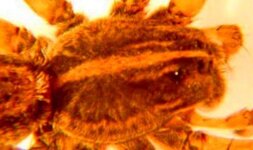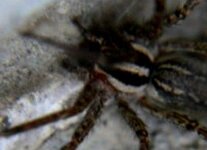Red_desert
Gold Member
- Feb 21, 2008
- 6,852
- 3,501
- Detector(s) used
- Garrett Ace 250/GTA 1,000; Fisher Gold Bug-2; Gemini-3; Unique Design L-Rods
- Primary Interest:
- All Treasure Hunting
I probably should mention, most of the local cases I've heard about were women. However, there was a diabetic man who had a bite either by the ankle or somewhere on the lower leg. The doctors said gangrene would set in, so they wanted to amputate, take off his foot. We know somebody who also is diabetic, he is the person that met the other diabetic with the spider bite. Advice he had saved the guy's foot, doctor gave him only 2-3 days to reverse the infection. It took extremely large doses of vitamin C during the day. I'd never heard of a person taking that size doses of Vc before, apparently it worked. My mom has 2 friends, one used to be a nurse, the other still is, so she had plenty of medical advice to treat the sore at home. Also no doctor to want the foot cut off, better to keep your foot. Nearly a year before the hole started closing up, took moths to get that way.
Last edited:






